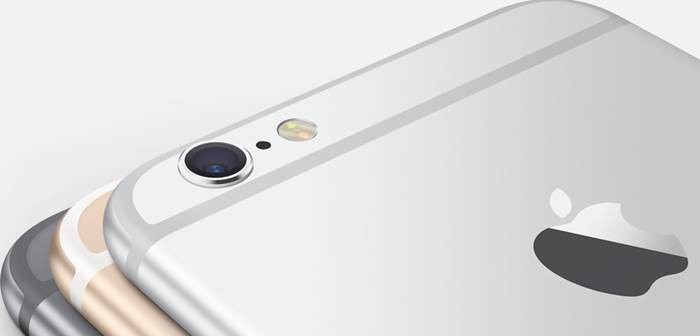Another year another iPhone, but what are the new features of the iPhone 7 and what will the impact be for advertisers?
iPhone 7 & iPhone 7 Plus
Last Wednesday Apple hosted their major announcement event to show off their 2016 flagship products, (although a slight hiccup meant the Apple Twitter account posted key details early) and boy were there some major new features…
Let’s start with the most contentious of these; the removal of the headphone jack. This has led to anger from consumers unwilling to pay the premium prices of compatible wireless ‘Air Pods’ (estimated at £130) or Apple-owned Beats Headphone products. This backlash was exacerbated by speculation that if you lose an AirPod (and anyone who’s lost headphones before knows what a nightmare this is) it will cost £50 to replace it… and that’s per earbud. Apple struck back by saying that the removal of the ‘ancient’ headphone jack was necessary as the space internally freed up has led to an increased processing speed and that a headphone adaptor will only cost circa £7. They also added that no headphone jack means the product is now water resistant to 1m – super handy for those that go swimming with their mobiles.
In all seriousness, the increased processing power means the iPhone 7 will be 40% faster than the iPhone 6S – which in itself was the fastest phone on the market. Storage for the base model has also doubled to 32GB which is great news for music and film buffs.
iAdvertising
So what does this mean for advertisers?
The potentially game-changing upgrade for advertisers is its camera. Not only is the camera upgraded from 5 megapixels to 7, but the iPhone7 now has two cameras set at different focal lengths (a telephoto lens which is zoomed in and a wider lens for normal photos). This means the iPhone’s camera technology can shift automatically to make a picture’s sharpness much closer to those of professional images. For example, for close ups, it will mean blurred backgrounds automatically and for selfies, it will give you perfect filter advice. This all adds up to cinematic quality photos, all being produced by the user.
An increased number of consumers having access to high-resolution mobile phone cameras will likely mean a deluge of user-generated quality images. This technology is something that advertisers should aim to capitalise on. By incorporating user-generated high-quality photos into an advert, the content immediately becomes more personalised, and thus something more likely to be shared via social media. The overall effect of this will be not only the opportunity for brands to create more free and earned media but a better experience for the user – which is something that is becoming more and more important in creating cut-through from the astronomical amount of bad ad experiences.




